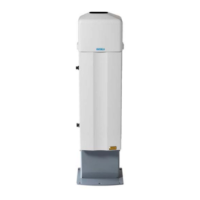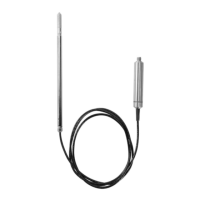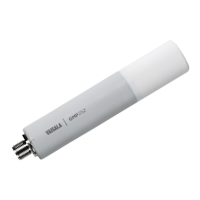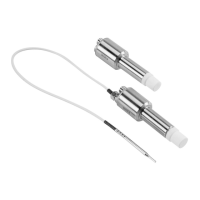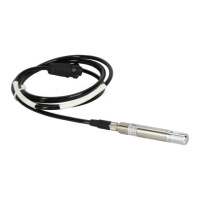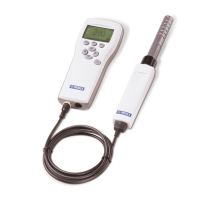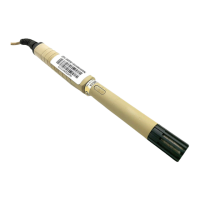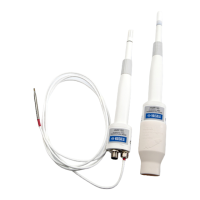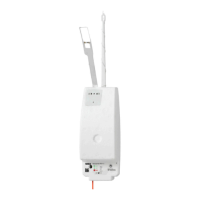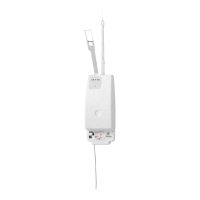16. Sensor v
erification
A company maintaining quality systems according to ISO 9000 quality standards must have
defined pr
ocedures for controlling and calibrating its measuring equipment. Such
procedures are needed to demonstrate the conformance of the final product to specified
requirements. The company should:
• Identify the required accuracy and select appropriate equipment for measurements.
• Establish calibration procedures including a check method and acceptance criteria.
• Calibrate the equipment at prescribed intervals against certified equipment having a
known valid relationship to nationally recognized standards. In cases where no such
standards exist, the basis used for calibration must be documented.
Vaisala verifies the calibration of all delivered instruments according to a procedure similar
to the one described Refractive index n D verification (page 242). Vaisala K-PATENTSâ
quality system is ISO 9001 certified by Det Norske Veritas.
16.1 Refractive index n
D
v
erification
Before starting the v
erification procedures, make sure that you have a sample holder at
hand. Check the condition of your standard refractive index liquids. You need a cleaning
solution (ethanol or IPA) and tissues to clean the sensor prism and the sample holder
between the samples.
The sample holder keeps the sample on the prism surface and also keeps the ambient light
out. The universal sample holder PR‑1012 can be used with any PR‑23 sensor (in PR‑23‑M
only the top part of the sample holder is needed).
Figure 131 Universal sample holder PR
‑1012
The
verification of the PR‑23 sensor calibration is made using a set of standard refractive
index liquids with the nominal values at 25 °C:
• 1.330
• 1.370
• 1.420
PR-23 Series User Guide
IM-EN-PR23-E
242
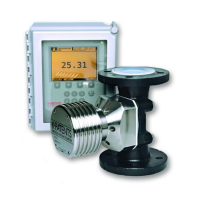
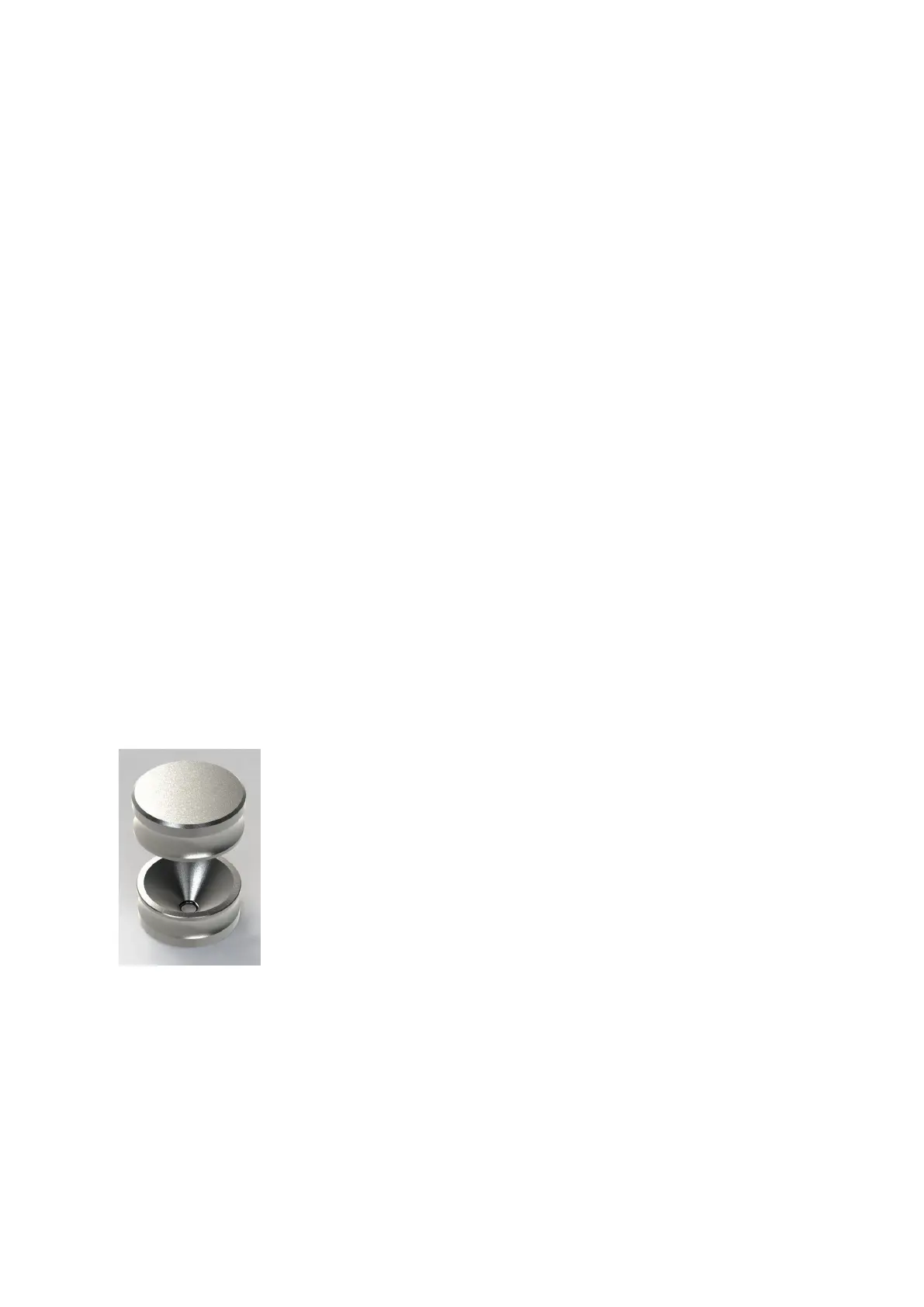